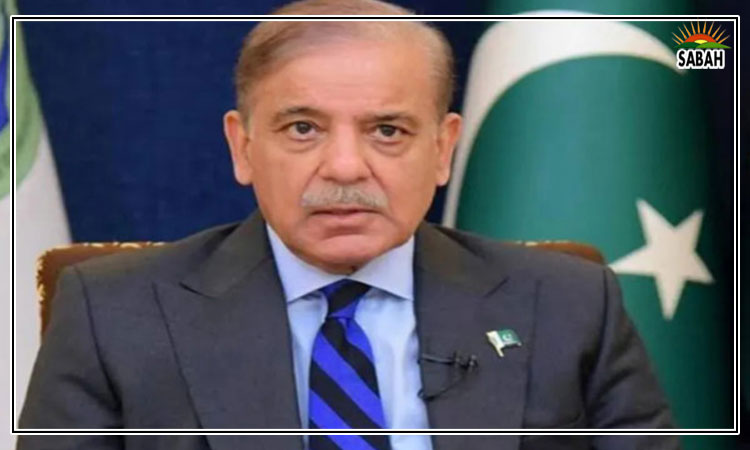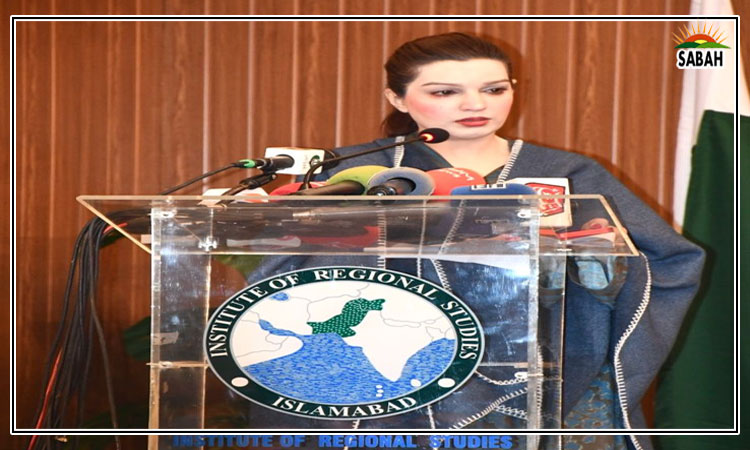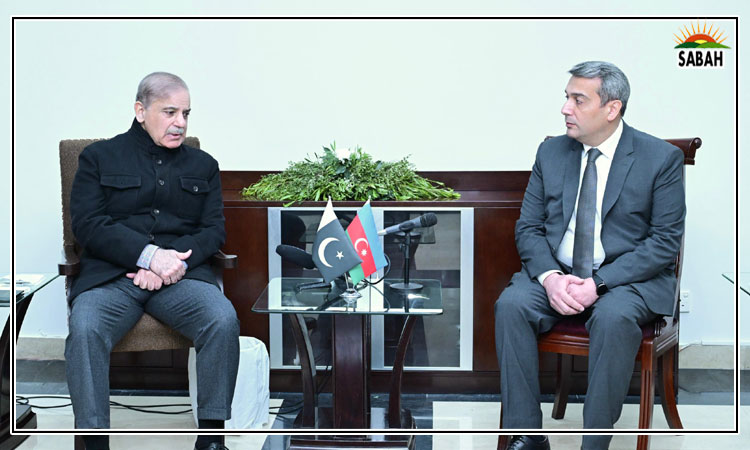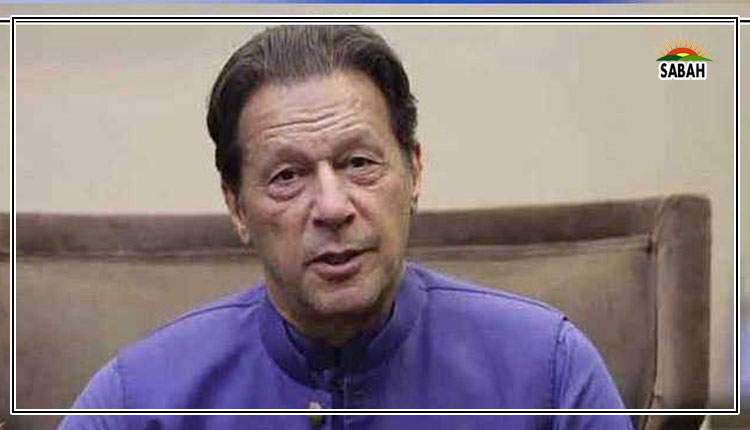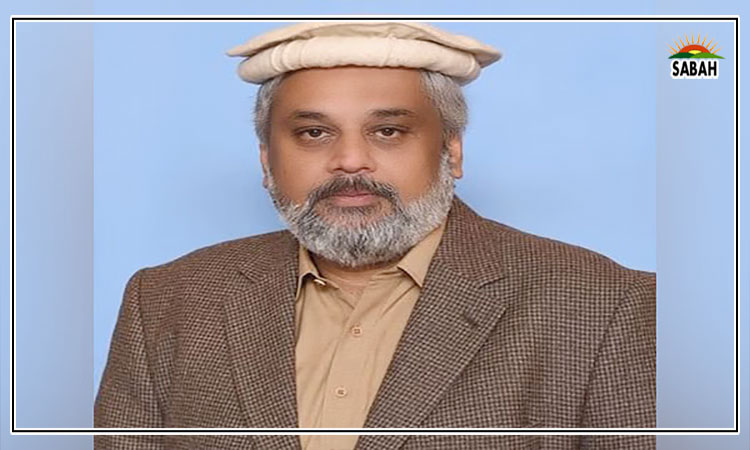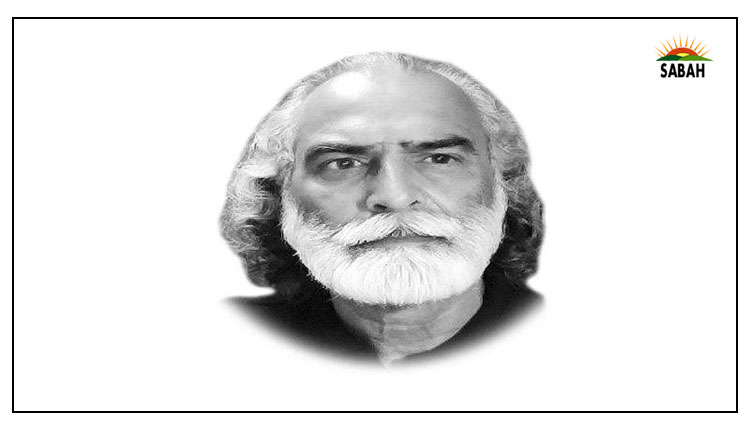Problems and discrepancies in voter registration…Sarwar Bari
Unlike the proportional representation system which almost translates every vote of each contesting party into representation, the majoritarian electoral system doesnt do it as it is based on the winner-takes-all principle. Hence, under this system one can win or lose election by just one-vote difference. Resultantly, it inherently attracts fraud at least in a country like ours. Pakistan inherited this system from her colonial masters, and never bothered to have a serious and sustained debate on its merits and demerits. We cant blame anyone as it is the fault of everyones including, civil society organisations.
Sustainability of this flawed system strangely lies very much in its vulnerability to power be it administrative or political power or wealth. No wonder every electoral contest whether local or national experiences some degree of illegal interference. You plug one and they would dig ten more holes. Steadily, they developed hundreds of devices to achieve favourable results. With some effort, we could list 163 means of rigging.
Also, it had long been argued that by empowering the election commission, the unwanted interference in election would disappear. So, the election commission was made powerful. Its human and financial resources were increased radically. The other side of the power-coin is responsibility. The Article 218(3) makes the ECP solely responsible to organize and conduct the election and to make such arrangements as are necessary to ensure that the election is conducted honestly, justly, fairly and in accordance with law, and that corrupt practices are guarded against. Despite enhanced powers and more financial resources, standards of preparation for elections and its quality didnt improve proportionally.
Proverbially, the proof of the pudding is in the eating. The pudding available on the ECP website tastes bitter to me. Here are my reasons:
Election cycle could be broadly categorised into six sections delimitation of constituencies; voters registration; polling scheme; polling; counting; and result dissemination. For instance, section 20(4) of the Elections Act, 2017 orders ECP to record reasons if limit of ten percent population of constituencies is exceeded in an exceptional case. Interestingly, the exception has become normal as it reaches a straggling unprecedented number 180 or one-fifth of the constituencies. A new form of inequality is being imposed on already multiplying unequal citizens. And, despite public criticism, the ECP has arrogantly refused to address the concern. Hence, the issue deserves more awareness.
Keeping in view the winner-takes-all principle of election, it is fundamentally essential to register only the eligible people as voters and only at one location something that seems to have been ignored.
Approximately 13-15 million eligible men and women of 102 of the 134 districts are being disenfranchised, while in 17 districts many electoral areas are littered with over registration. Overall, that makes 89% of the districts. Gravity of this macro-level trend deepens as you disaggregate the datasets at province and district levels. For instance, in Balochistan about one-third eligible population is likely to have been excluded in 31 districts and almost of all constituencies. Unlike Balochistan, Punjab has excellent road networks, yet low registration prevails in half of its 40 districts, while in 12 districts it has over or exceptionally over registration.
In Khyber-Pakhtunkhwas 21 of 35 districts, a significant percentage of eligible people are likely to have been disenfranchised as in five of its districts, registration was found to be exceptionally low or very low, in 16 districts it was low, while five districts are littered with over or exceptionally over registration. Interestingly, Sindh appears to be the only province where over registration didnt exist. However, under registration could be seen in 24 districts.
Now consider this. Isnt it mind-boggling how as many as 75% populations could qualify as voters in a country where 42% population is below the age of 18. Look for Muree and Jhelum. In these two districts on an average, 18% ghost votes exist. On the other hand, in Kohistan district the registration is as low as 18%. Similarly, in eight districts of Balochistan i.e. Kech, Panjgur, Surab, Shirani, Washuk, Khuzdar and Kohlu, less than 25% of the populations are registered. In other words, about 33% of eligible people of these districts are likely to be excluded from the electoral roll. Isnt it strange that political parties, whether belonging to Balochistan or other regions, have shown no concern about this extremely troubling exclusion. Perhaps it suits them.
The good news is that the ECP had announced registering all the 0.8 million new recipients of CNIC by October 25. But this is a small fraction of a staggering number of 13-15 million missing voters. It is worth noting here that a large chunk (about 8.86 million) of the missing voters is likely to be poor, women and youth.
The above-stated discrepancies are likely to make a differential impact in most constituencies of the 102 districts on various political parties in future elections. It is worth noting here that in 2018 general elections, the margin of victory in 48 NA constituencies was less than 5,000 and in 40 NA constituencies it was between 5,001 and 10,000. Therefore, a small addition or suppression of registration of vote can result in a huge impact in formation of governments at the national and provincial level, as the country follows majoritarian electoral system. Hence, it is imperative to measure the impact of under and over registration of voters as candidates/parties can enhance probability of their victory by using these two tools. Therefore, it must be investigated and rectified without any delay.
No doubt under registration of women is a primary issue, but merely blaming cultural norms is not going to solve the problem. For instance, why are millions of eligible men also not on the electoral rolls? It appears that besides gender; asset-lessness and poverty are the major factors for non-registration. But we must not ignore inefficiencies and biases of the supply side too.
As ECP is the custodian of the primary data of electoral rolls and has a Research and Development wing, it should find out causes of over and under registration. As for over registration, it could be resolved within a couple of weeks through a computer software, while under registration could be addressed by using Form B. Everyone who has reached 18 years of age could be issued a special card for voting purpose only. That may not end disenfranchisement completely but can reduce it significantly.
Finally, in the long run, Pakistan must replace the majoritarian (winner-takes-all) system by proportional representation electoral system which provides representation to every polled vote and doesnt encourage rigging at every step of the electoral exercise.
Courtesy The Express Tribune




